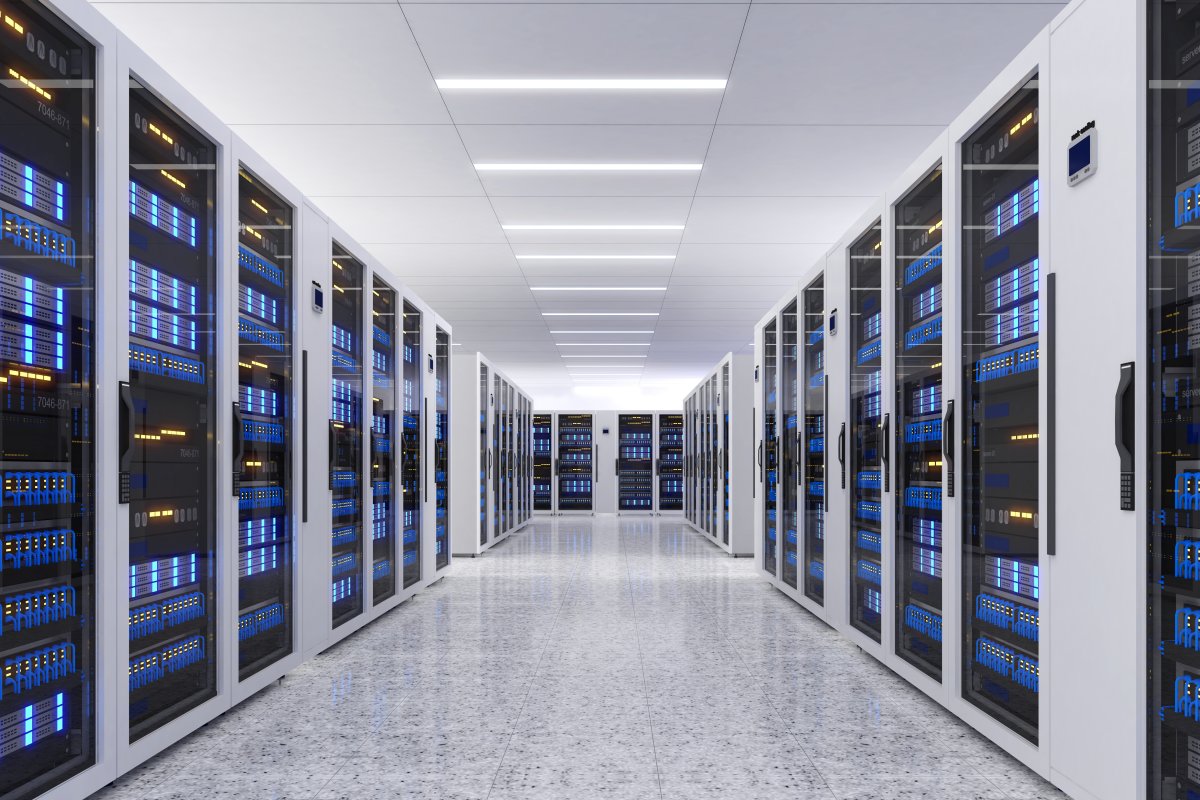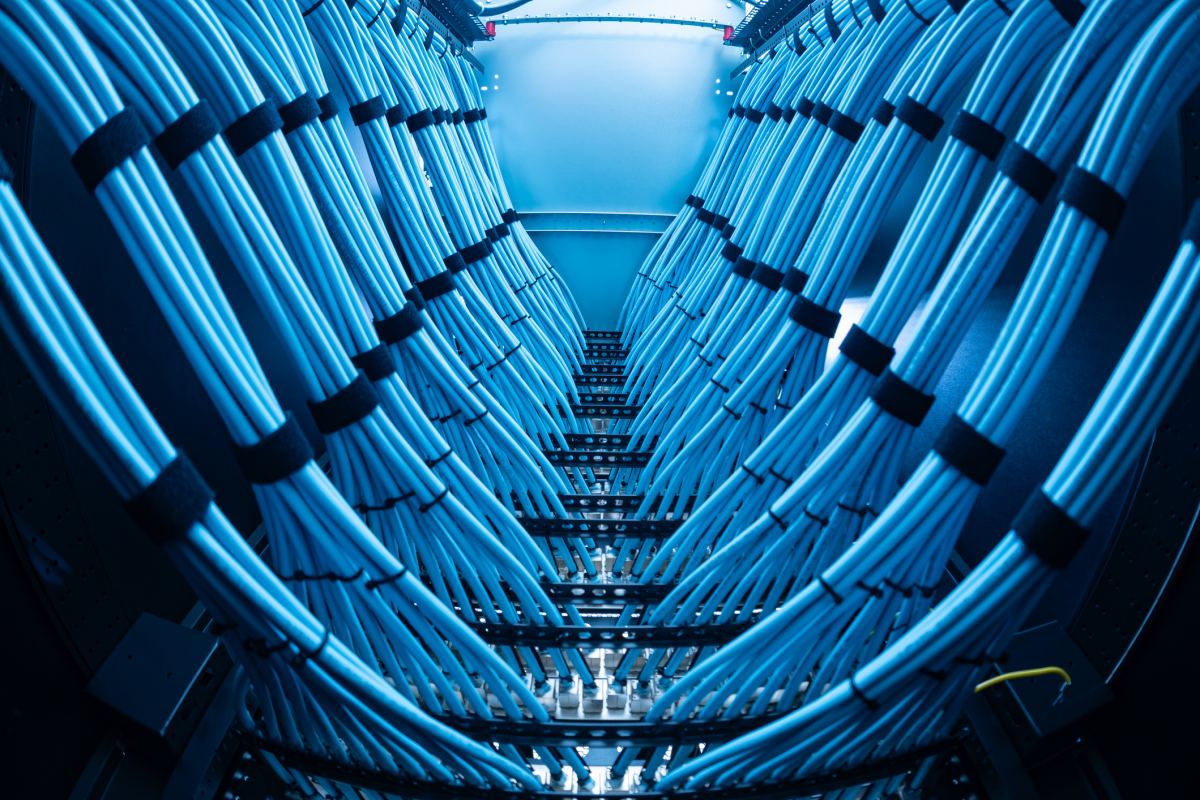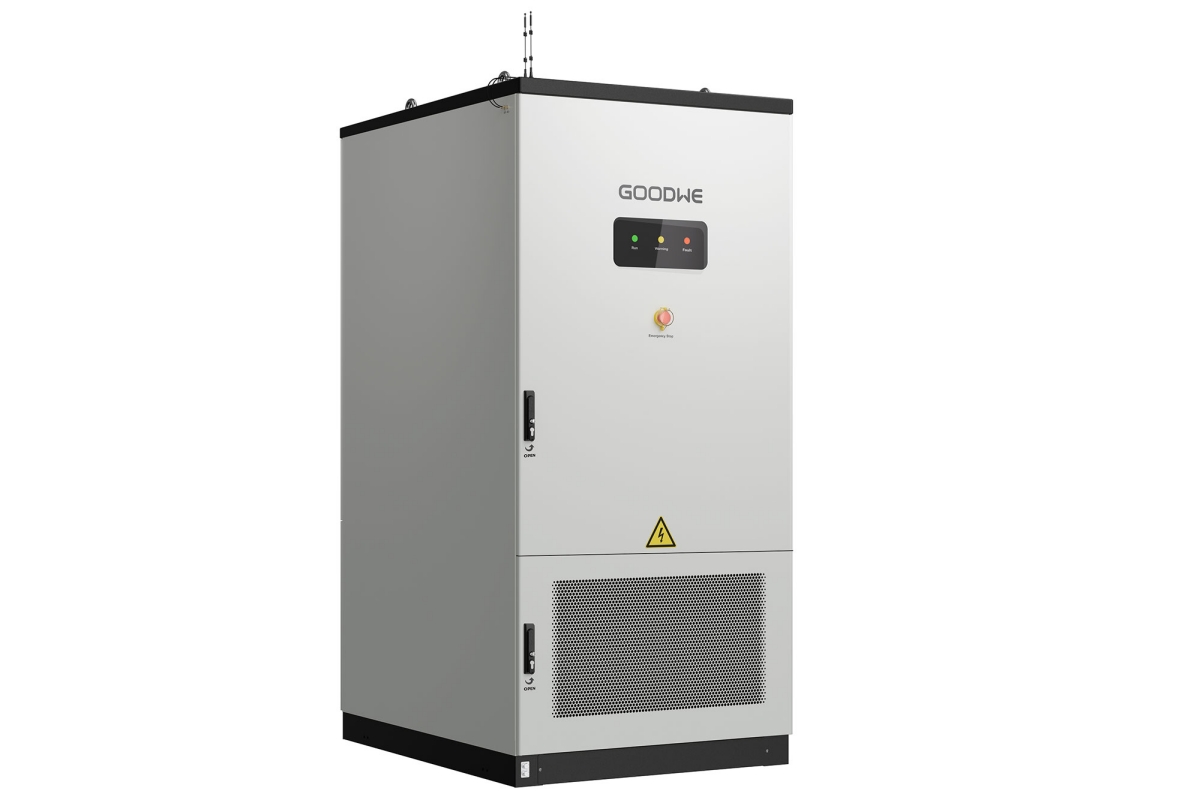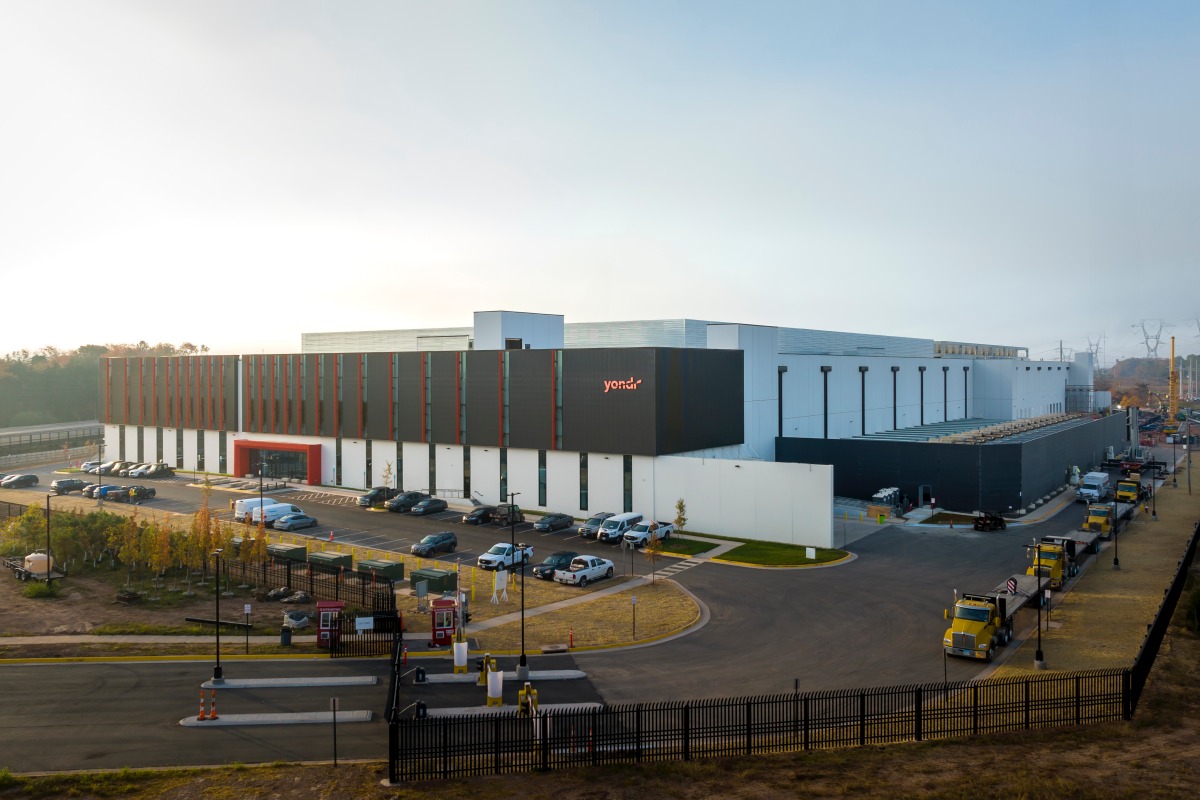29 August 2025
Colocation's role in an AI world
Colocation's role in an AI world
29 August 2025
Planning approved for new DC in Hertfordshire, UK
Planning approved for new DC in Hertfordshire, UK
28 August 2025
Techno Digital unveils hyperscale data centre in Chennai
Techno Digital unveils hyperscale data centre in Chennai
27 August 2025
Data centre boom demands predictive maintenance shift
Data centre boom demands predictive maintenance shift
Latest News
Data Centre Infrastructure News & Trends
Enterprise Network Infrastructure: Design, Performance & Security
News
Community IX launches new internet exchange in Virginia
Data Centre Infrastructure News & Trends
Innovations in Data Center Power and Cooling Solutions
Sponsored
AI is reshaping the grid — is your data centre ready?
Commercial Real Estate: Property Developments, Trends & Infrastructure
Data Centre Business News and Industry Trends
News
Digital Realty breaks ground in Rome
Data Centre Business News and Industry Trends
Insights into Data Centre Investment & Market Growth
News
AirTrunk secures A$16bn sustainability-linked financing
Data Centre Infrastructure News & Trends
Data Centres
Innovations in Data Center Power and Cooling Solutions
'Decentralised energy key against DC construction bottlenecks'
Data Centre Infrastructure News & Trends
Innovations in Data Center Power and Cooling Solutions
News
Products
GoodWe introduces liquid-cooled energy storage system
Data Centre Business News and Industry Trends
Insights into Data Centre Investment & Market Growth
News
DC automation market to surpass $50.2bn by 2034
Data Centre Infrastructure News & Trends
Enterprise Network Infrastructure: Design, Performance & Security
News
Ocean Networks selects Prysmian and IT for Hawaiian fibre link
Data Centre Business News and Industry Trends
Data Centres
Insights into Data Centre Investment & Market Growth
News
DC BLOX recognised on Inc. 5000 list for fifth year
Data Centre Architecture Insights & Best Practices
Data Centre Build News & Insights
Data Centre Projects: Infrastructure Builds, Innovations & Updates
News
Yondr to build 550MW Dallas campus










